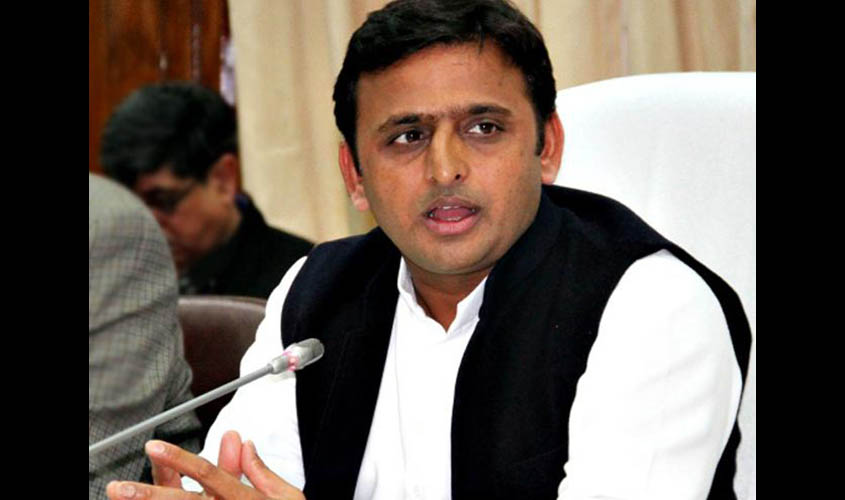Saharanpur is becoming the new Muzaffarnagar in Uttar Pradesh.
The trouble-torn district in western Uttar Pradesh is to Yogi Adityanath what Muzaffarnagar was to Akhilesh Yadav.
It was an ineffective district administration in both the districts that allowed the situation to spin out of control.
In Muzaffarnagar in 2013, an eve-teasing incident took a communal overtone and the officials allowed a Maha Panchayats by Jats, which triggered a month-long riot.
In Saharanpur, the Ambedkar Jayanti incident on 20 April led to clashes between Dalits and Thakurs, when the latter objected to the installation of an Ambedkar statue in Shabbirpur village. Despite the heightened tensions between the two communities, the local officials allowed the Thakurs to take out a procession on Maharana Pratap Jayanti on 5 May, which led to a fresh round of clashes.
In Saharanpur, the district officials chose to ignore intelligence inputs and allowed BSP president Mayawati to address a meeting, after which Saharanpur witnessed two more rounds of violence.
A fledgling outfit called Bhim Army, which provoked Dalits to violence, was handled with kid gloves even though intelligence reports had termed the activities of the outfit on the social media as “dangerous”.
Bhim Army leader, Chandra Shekhar, also a lawyer, was declared an absconder by the local police, but he not only led a demonstration in New Delhi after that, but even gave lengthy interviews to TV channels while the UP police conveniently looked on. Saharanpur and Muzaffarnagar have other similarities too. If the then Chief Minister Akhilesh Yadav chose not to visit Muzaffarnagar during the 2013 riots, Yogi Adityanath has also stayed away from Saharanpur until now. A senior political analyst said, “The visit to a trouble torn site by a Chief Minister instills confidence in the people and, most importantly, the victims. It also spurs the bureaucracy into action. It may not be advisable for a Chief Minister to visit the area when violence is on, but he should definitely pay a visit when the situation normalises. Akhilesh made his biggest mistake by not visiting Muzaffarnagar and TV channels showed him enjoying the Saifai Mahotsav instead. Yogi Adityanath can still visit Saharanpur and meet both the aggrieved parties—it is still not too late.”
Another similarity lies in the officers. Subhash Chandra Dubey was SSP in Muzaffarnagar in 2013 when the riots broke out and he was again SSP in Saharanpur when trouble began brewing last month. He was suspended in both the districts. For the ruling Samajwadi Party in 2013, the Muzaffarnagar riots spelt major trouble because it divided the party’s own vote bank by driving a permanent wedge between Hindus (read Jats) and Muslims. The Saharanpur riots could translate into similar trouble for the ruling BJP now. The BJP has been wooing Dalits with a vengeance and even succeeded in taking away a large part of the BSP’s vote base in the recent Assembly elections. This left the BSP with merely 19 seats.
Thakurs have traditionally been a major part of the BJP’s upper caste vote base and the appointment of Yogi Adityanath— himself a Thakur—as Chief Minister has further consolidated the Thakurs in favour of the BJP.
The clashes in Saharanpur could now create a divide between the two communities that will strike at the roots of the BJP and the immediate impact will be felt in the upcoming municipal elections that are scheduled to be held within the next two months.

